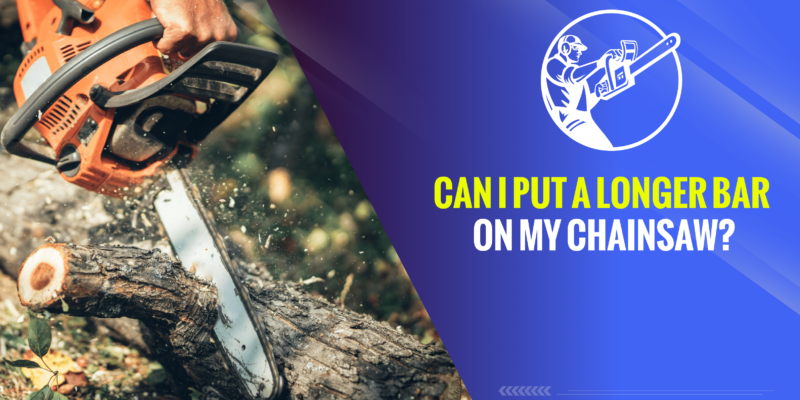Before you start changing your chainsaw bar, it’s important to understand the different types and sizes of bars available. There are also a few things you need to consider when choosing the right bar for your chainsaw. In this blog post, we’ll take a look at the chainsaw with long bars of different sizes and types of bars available, as well as some of the factors you need to think about when making your selection.
Chainsaws are a common sight amongst homeowners and professionals. They are versatile tools that can be used for a variety of applications. Sometimes, you may need to put a long bar on your chainsaw in order to complete the job at hand. This guide will tell you everything you need to know about how to do this safely and effectively.
Types of chainsaw bars with a definitive guide for choosing the right size:
There are a few different types of chainsaw bars available on the market.
The most common type is the sprocket nose bar, which is what you’ll find on most standard chainsaws. These bars have teeth that mesh with the chain, and they’re designed for general-purpose cutting. If you’re looking for a bar that can handle more demanding cutting jobs, you might want to consider a solid nose bar. These bars don’t have any teeth, but they’re much stronger and more durable than sprocket nose bars.
Another option is the double-ended bar, which has teeth on both ends of the bar. This type of bar is ideal for users who need to make long cuts or need to cut in tight spaces.
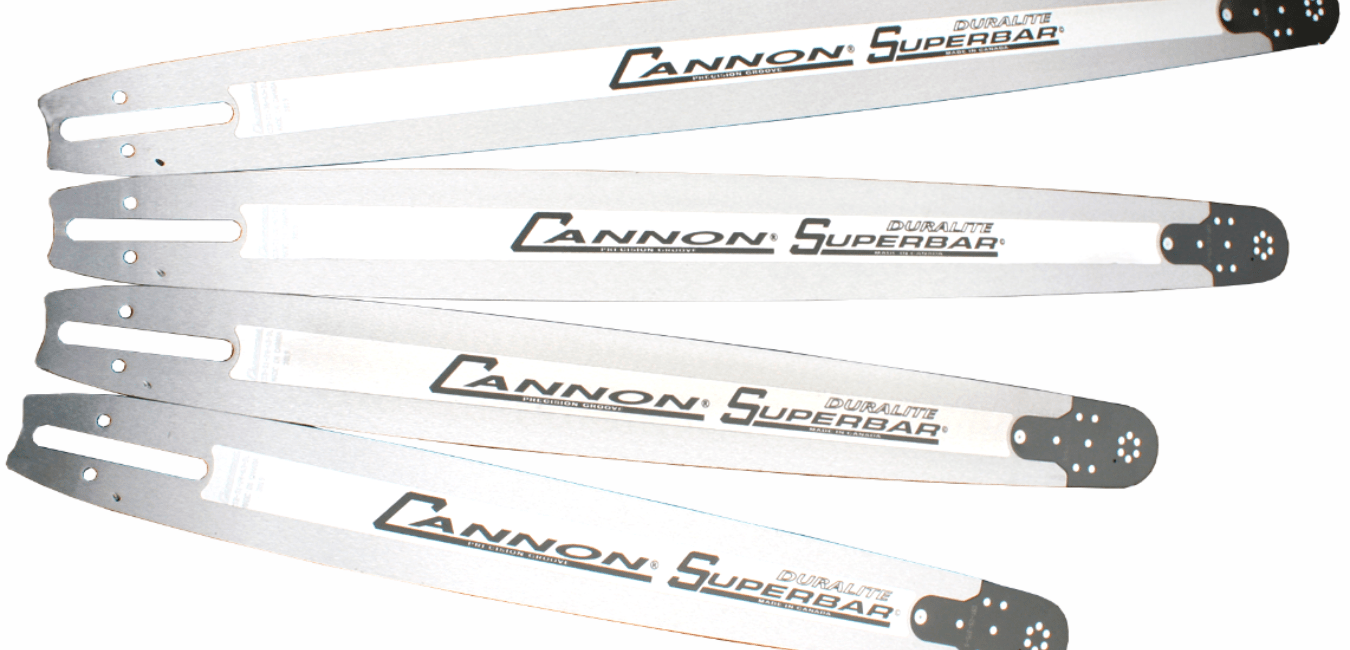
Finally, there are also bars available that are specifically designed for use with certain types of chainsaws. For example, you can get bars that are designed for use with electric chainsaws or battery-powered chainsaws.
Now that you know the different types of bars available, let’s take a look at some of the things you need to consider when choosing the right one for your chainsaw.
Size
One of the most important factors to consider when choosing a chainsaw bar is size. The size of the bar will determine how much cutting power your saw has and how easy it is to maneuver.
Chainsaw bars come in a range of sizes, from 12 inches all the way up to 36 inches. If you’re not sure what size bar you need, it’s best to consult with a professional or someone who has experience using chainsaws.
In general, smaller bars are better for lighter jobs, while larger bars are better for more demanding tasks. If you’re not sure what size bar to get, it’s always better to err on the side of caution and go with a larger size.
Material
Another factor to consider when choosing a chainsaw bar is material. The most common type of material used for chainsaw bars is steel. Steel is strong and durable, which makes it ideal for use with a chainsaw. However, it is also susceptible to rust and corrosion if it’s not properly maintained.
Width
The width of the chainsaw bar is also an important factor to consider. The wider the bar, the more cutting power your saw will have. However, wider bars can be more difficult to maneuver, so it’s important to find a balance between cutting power and maneuverability.
Depth Gauge
The depth gauge is a small metal plate that’s attached to the bottom of the chainsaw bar. The depth gauge determines how deep the chain cuts into the wood.
If the depth gauge is set too low, the chain will cut too deeply into the wood and potentially cause kickback. If the depth gauge is set too high, the chain won’t cut as deeply into the wood and won’t be as effective.
It’s important to adjust the depth gauge to the proper setting before using your chainsaw. Consult your saw’s manual for more information on how to do this.
Cutting Angle
The cutting angle is the angle of the blade in relation to the bar. The most common cutting angles are 30 degrees and 45 degrees.
Chainsaws with a 30-degree cutting angle are better for general-purpose cutting, while those with a 45-degree angle are better for more demanding jobs.
Different Sizes for Different Chainsaws
The sizes include 12″, 14″, 16″, 18″, 20″, 22″, 24″, 26″, and 36″ bars.
You will want to match the size of the bar to your chainsaw. A common misconception is that you can put a long bar on your chainsaw in order to extend its reach. However, this is not the case.
Putting a longer bar on your chainsaw can actually be dangerous and can cause kickback. It’s important to only use bars that are designed for use with your specific chainsaw model.
Can I put a longer bar on my chainsaw?
Yes, you can put a long bar on your chainsaw. It’s important to make sure that the bar is the correct size for your chainsaw, and that it is rated for the amount of power that your chainsaw produces. You also need to make sure that you are using the correct chain length and gauge for your bar.
Chainsaw bars come in different lengths, and you can put a long bar on your chainsaw if you want. However, it’s important to make sure that the bar length is appropriate for the saw’s power output. A longer bar will require more power to cut through wood, so if your chainsaw doesn’t have enough power, it could bog down and stall.
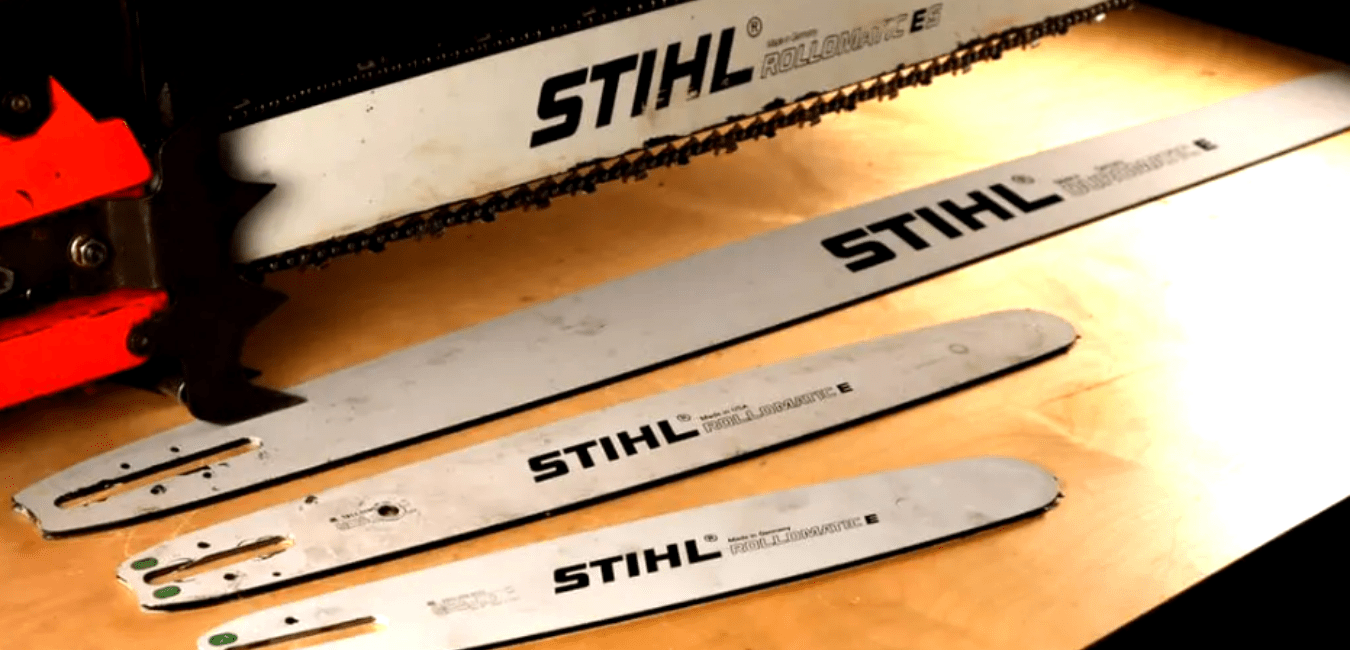
Additionally, a longer bar can be more dangerous to use because it will be more difficult to control. It’s important to always read the manufacturer’s instructions carefully before making any changes to your chainsaw.
In conclusion, you can put a long bar on your chainsaw if you want. However, it’s important to make sure that the bar is the correct size for your chainsaw and that you are using the correct chain length and gauge. Additionally, a longer bar can be more difficult to control, so always use caution when operating your chainsaw.
If you are not comfortable changing the bar on your chainsaw, or if you don’t know how to do it properly, then please take it to a professional mechanic. Improperly installed bars can be dangerous and can cause serious injury.
Can you put a smaller bar on a chainsaw?
There’s a lot to consider when it comes to adapting a chainsaw for a smaller bar, and unfortunately, there’s no easy answer. Ultimately, it depends on the saw itself and the specifics of your situation.
That said, let’s break down some of the main things you need to keep in mind. First, chainsaws are designed to cut through the wood using a spinning chain with teeth that bite into the material. The size of the bar determines how long of a cut can be made so a smaller bar will obviously limit the maximum length of each cut.
Secondly, the power behind a chainsaw comes from its engine, and most models are rated for specific sizes of bars. Putting a smaller bar on a chainsaw could potentially overload the engine, leading to damage or even breakage.
Finally, it’s important to remember that chainsaws are dangerous tools. If you’re not comfortable making changes to your saw or don’t have the proper knowledge, it’s always best to take it to a professional. Improperly installed bars can be extremely dangerous and lead to serious injury.
16 vs 18-inch chainsaw
It depends on what you’re using it for.
If you’re only cutting through small branches and saplings, then a 16-inch chainsaw will do the job. However, if you need to cut through large logs or trees, then you’ll need a chainsaw with larger blade size, like an 18-inch model.
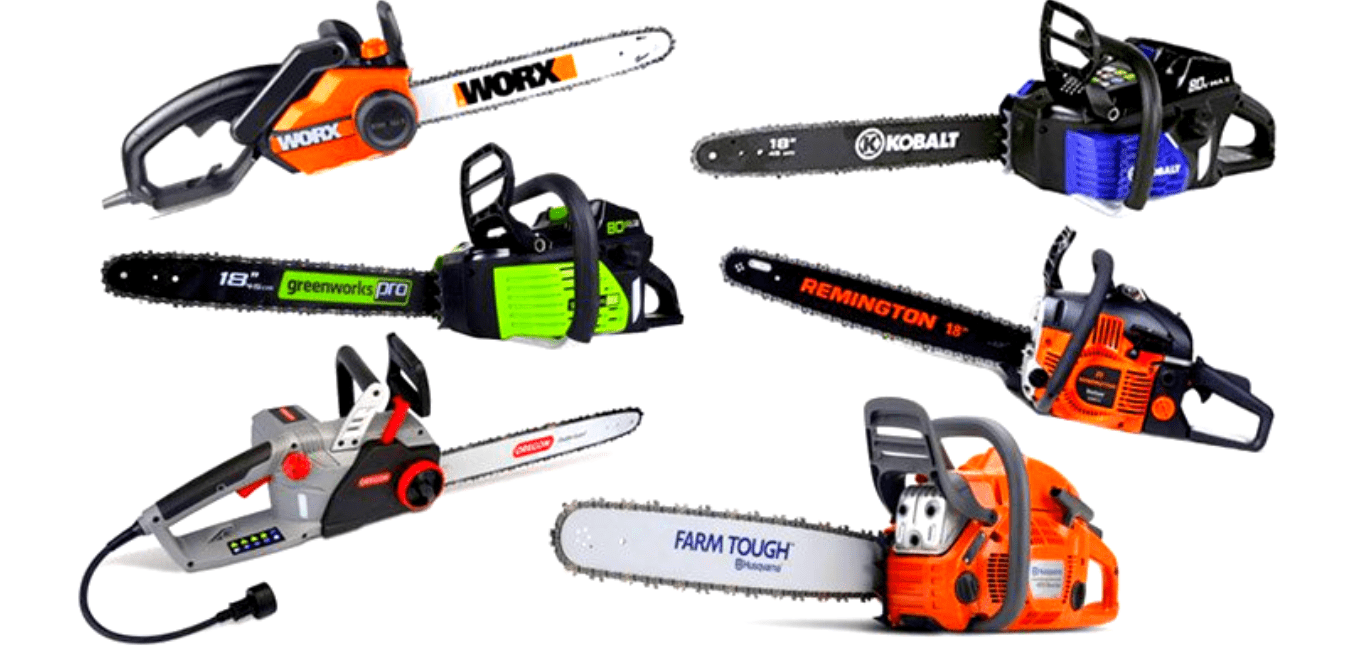
Another thing to consider is the power of the chainsaw. A 16-inch chainsaw might be powerful enough for light-duty tasks, but if you need something more heavy-duty, then you’ll want to go with an 18-inch model.
So basically, it depends on what you’re using it for and how powerful you need it to be. If you’re not sure, it’s always best to consult with a professional.
Chainsaw bar length vs cc
There are a variety of factors that can affect the ideal chain length for a given chainsaw. However, in general, increasing the length of the chain will give you more cutting power, while increasing the engine size (cc) will just increase overall power. So, if you’re looking to maximize cutting power, you’ll want to focus on lengthening the bar.
Of course, there are other considerations beyond just cutting power. For example, a longer bar will make the saw heavier and more difficult to maneuver. So, if you intend to use the saw for light Jobs around the house, or in tight spaces, a smaller bar may be preferable.
Ultimately, it’s important to choose the right bar length for your needs. If you’re not sure, it’s always best to consult with a professional. They can help you find the perfect balance of cutting power and maneuverability for your specific chainsaw model.
What are the biggest bar chains?
In terms of Revenue, the top 3 biggest bar chains globally are Regus, T.G.I. Friday’s and All-Star Lanes. However, in terms of store count, the top 3 bar chains are 7-Eleven, Circle K, and Speedway. Interestingly enough, all 6 of these chains are from North America.
What is the best length chainsaw?
It depends on what you plan to use the chainsaw for and what type of saw you prefer. For example, if you need a chainsaw for heavy-duty tree felling, you’ll want a long bar length saw like the Husqvarna 3120 XP. If you’re looking for a smaller saw for general yard work, then a shorter 16″ or 18″ bar length would be more appropriate. Ultimately it comes down to personal preference and the specific task at hand.
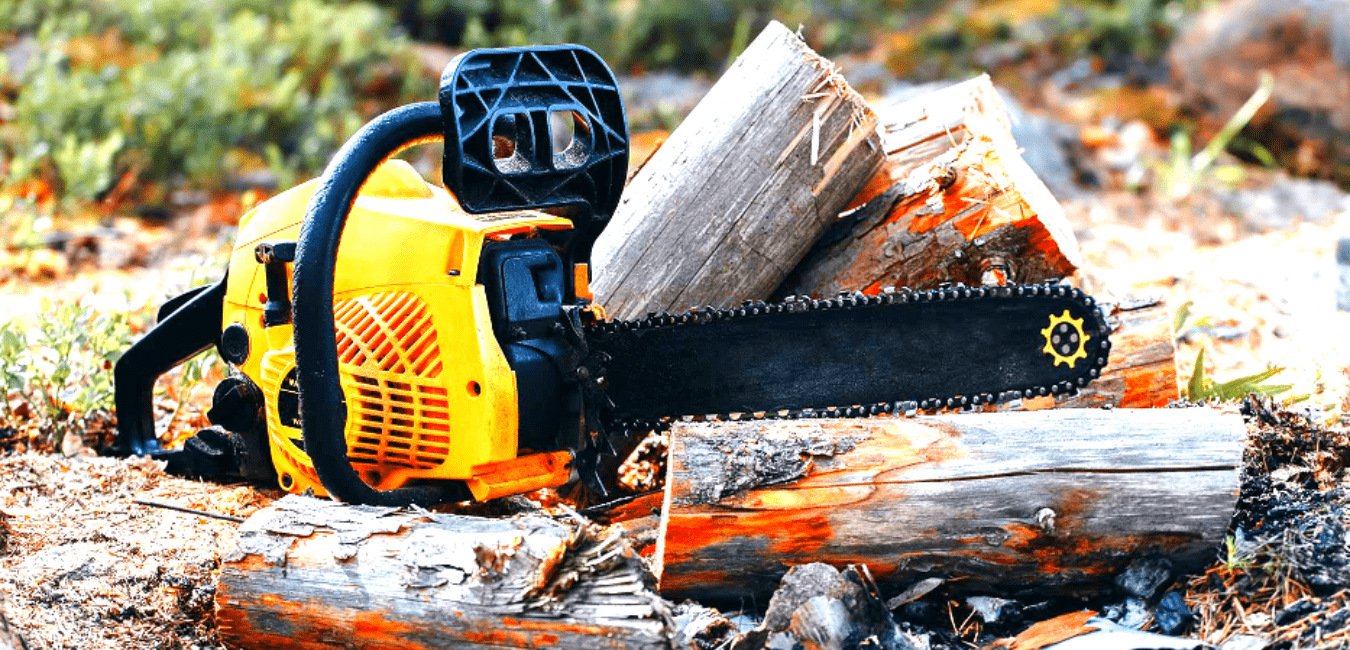
What should be an ideal chainsaw blade length?
Most people believe that the ideal chainsaw blade length should be 18 inches. However, there are a few things to consider before deciding on the perfect blade length for your needs. First, think about the type of cutting you’ll be doing most often.
If you plan on doing a lot of precision work, then a shorter blade might be a better option. On the other hand, if you’ll be dealing mostly with larger chunks of wood, then a longer blade might be necessary.
Second, consider the size and power of the saw itself. A larger saw will obviously need a longer blade in order to function properly. Finally, take into account your own physical strength and abilities.
Can I Put a Longer Bar on My Chainsaw? – FAQs
Conclusion
The bottom line is that you can put a long bar on your chainsaw as long as the saw is rated to handle it. You will have more cutting power and be able to take down larger trees with less effort. Follow the manufacturer’s guidelines for which bars are compatible with your saw, and always use the correct chain size and gauge for the bar you choose.
With the proper safety gear in place, go ahead and tackle those bigger projects! Is there anything else you would like to know about using a chainsaw? Let us know in the comments below.

